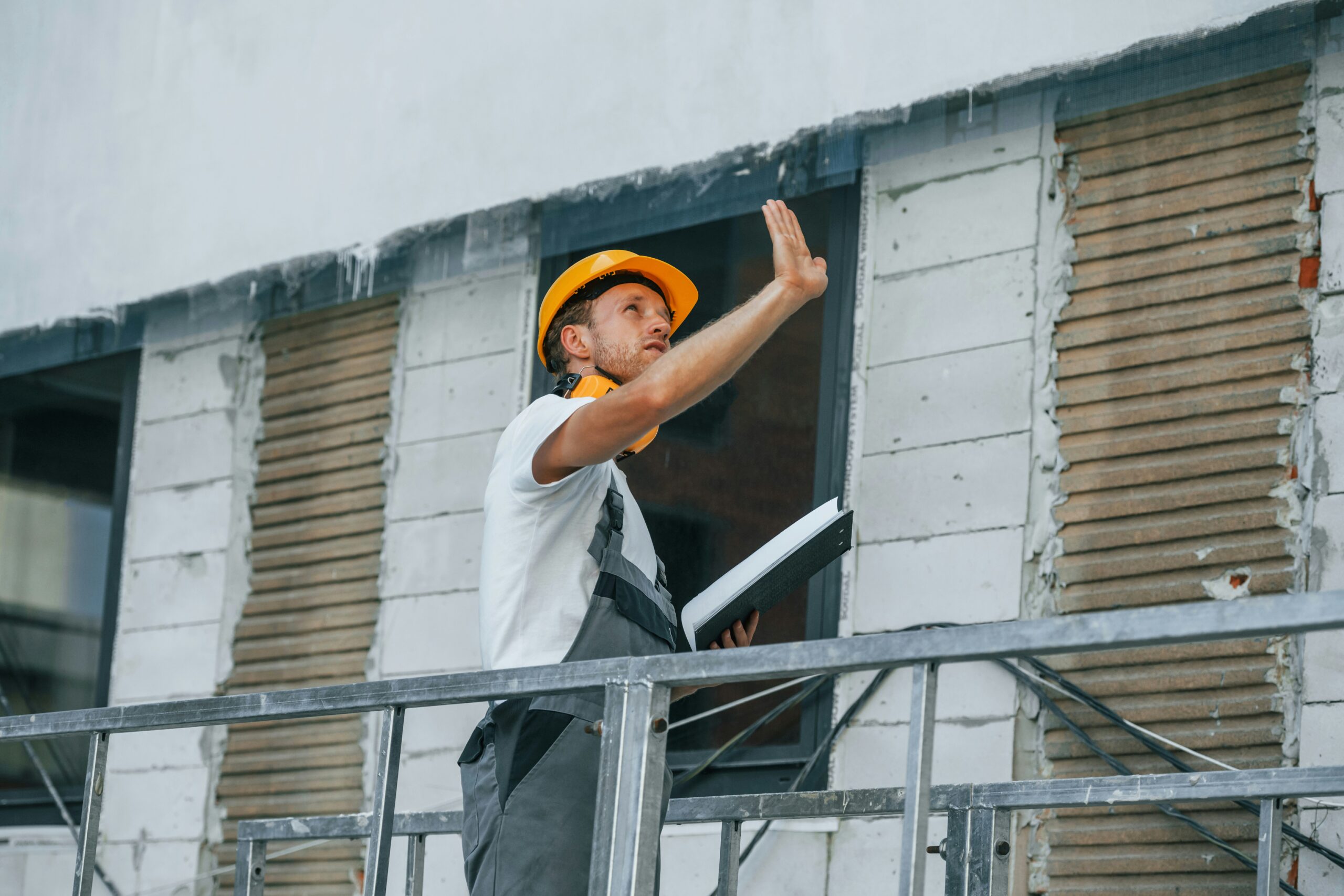
Property restoration goes beyond simply fixing structures; it plays a key role in rejuvenating neighborhoods and fostering a sense of pride within communities. While technical expertise and financial resources are crucial, the involvement of local communities is what truly drives lasting success in restoration projects. Engaging the public throughout the restoration process not only enhances the final result but also ensures that the efforts are aligned with the needs and values of those who live in the area.
Strengthening Community Identity
One of the most essential benefits of community engagement in property restoration is its ability to strengthen community identity. When residents have a say in restoring their neighborhood, it fosters a sense of ownership and pride. For example, suppose a historic building is being renovated. In that case, involving the community in design decisions or decisions about the building’s future use helps ensure that it serves the needs of nearby people. This sense of ownership helps residents feel more connected to the space, creating a shared purpose that unites them.
Community engagement also promotes inclusivity, ensuring that diverse voices are heard. Restoration projects often impact long-standing local cultures and traditions. By involving all segments of the community, whether they are longtime residents or newcomers, restoration efforts can better reflect the values and history of the area. This collaborative approach prevents the erasure of local identity and helps preserve the unique character of neighborhoods, giving people something to rally behind and be proud of.
Enhancing Social Cohesion
Community involvement in property restoration has a significant effect on social cohesion. When people work together on a typical project, it fosters relationships and encourages mutual understanding. Restoration projects often require the collaboration of local volunteers, business owners, and civic leaders, which helps to break down barriers between different groups. This collaboration creates bonds beyond the restored physical structure and extends to the people investing in their community’s future.
Additionally, as residents engage in property restoration efforts, they develop stronger networks that benefit the community in the long run. These networks may improve communication about future projects and support residents in need. Whether sharing resources or offering advice, the social capital built through engagement can create a stronger, more resilient community. This enhanced social cohesion is crucial for overcoming challenges and ensuring the long-term success of restoration initiatives.
Economic Revitalization
Another crucial role of community engagement in property restoration is its potential to drive economic revitalization. When residents participate in property restoration, they often become more invested in the success of local businesses and the overall financial health of the area. This sense of community-driven pride can translate into increased patronage of local shops, restaurants, and services, boosting the local economy.
Involving the community in property restoration also attracts outside investment. Potential investors are more likely to invest in projects where the local population is actively involved and supportive. This brings in more funding for restoration projects and ensures sustainable development. A community that is engaged and invested in the success of a project is much more likely to take care of the restored properties, ensuring that the benefits of the investment last for years to come. Restoration can ultimately catalyze broader economic growth, benefiting the entire community.
Fostering Environmental Sustainability
Property restoration projects often involve updating and repurposing old buildings, making them more energy-efficient and environmentally friendly. Community engagement plays a vital role in fostering sustainable practices by encouraging residents to consider the environmental impact of restoration efforts. When locals are actively involved, they are more likely to advocate for green building practices, such as using sustainable materials, implementing energy-efficient technologies, and supporting the restoration of green spaces.
Moreover, communities engaged in property restoration are more likely to maintain and care for the environment in the long run. When people participate in projects emphasizing environmental sustainability, they become more aware of the broader impact of their actions. This increased awareness can translate into better waste management, energy conservation, and other sustainable practices in daily life. Ultimately, community-driven restoration projects can help create both livable and environmentally responsible neighborhoods, ensuring that future generations can continue to benefit from today’s efforts.
Overcoming Challenges Through Community Input
Restoration projects often face challenges, from unforeseen costs to disagreements about design choices. Community engagement can play a crucial role in overcoming these challenges by offering a platform for dialogue and problem-solving. When residents are involved from the beginning, they are more likely to understand the project’s complexities and contribute valuable input that can help navigate obstacles.
Community engagement in property restoration extends far beyond contributing to the physical renovation of structures. It strengthens community identity, enhances social cohesion, drives economic revitalization, and fosters environmental sustainability. Through active participation, residents contribute to restoration projects‘ long-term success and relevance, ensuring they are functional and meaningful. Involving the community in property restoration creates an environment where people feel connected to their neighborhoods and invested in their future, making the efforts more sustainable and impactful.